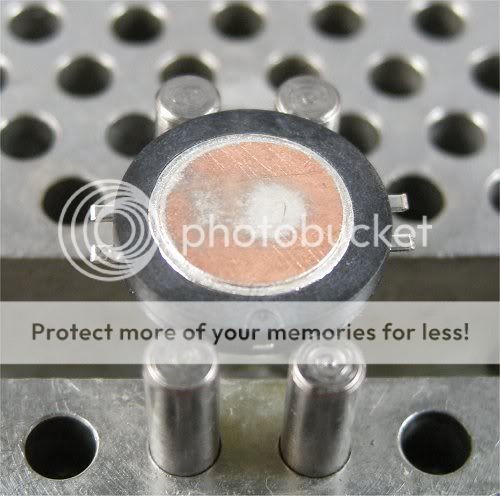Hello Everybody...
I've been wanting to use copper for a flashlight project I am working on but since we can't easy anodize copper the way we can with aluminum providing a surface to mount the slug on...
would it just be possible to flip the cell's orientation backwards since the slug is connected to the anode?
Any other options?
Thanks!
I've been wanting to use copper for a flashlight project I am working on but since we can't easy anodize copper the way we can with aluminum providing a surface to mount the slug on...
would it just be possible to flip the cell's orientation backwards since the slug is connected to the anode?
Any other options?
Thanks!


